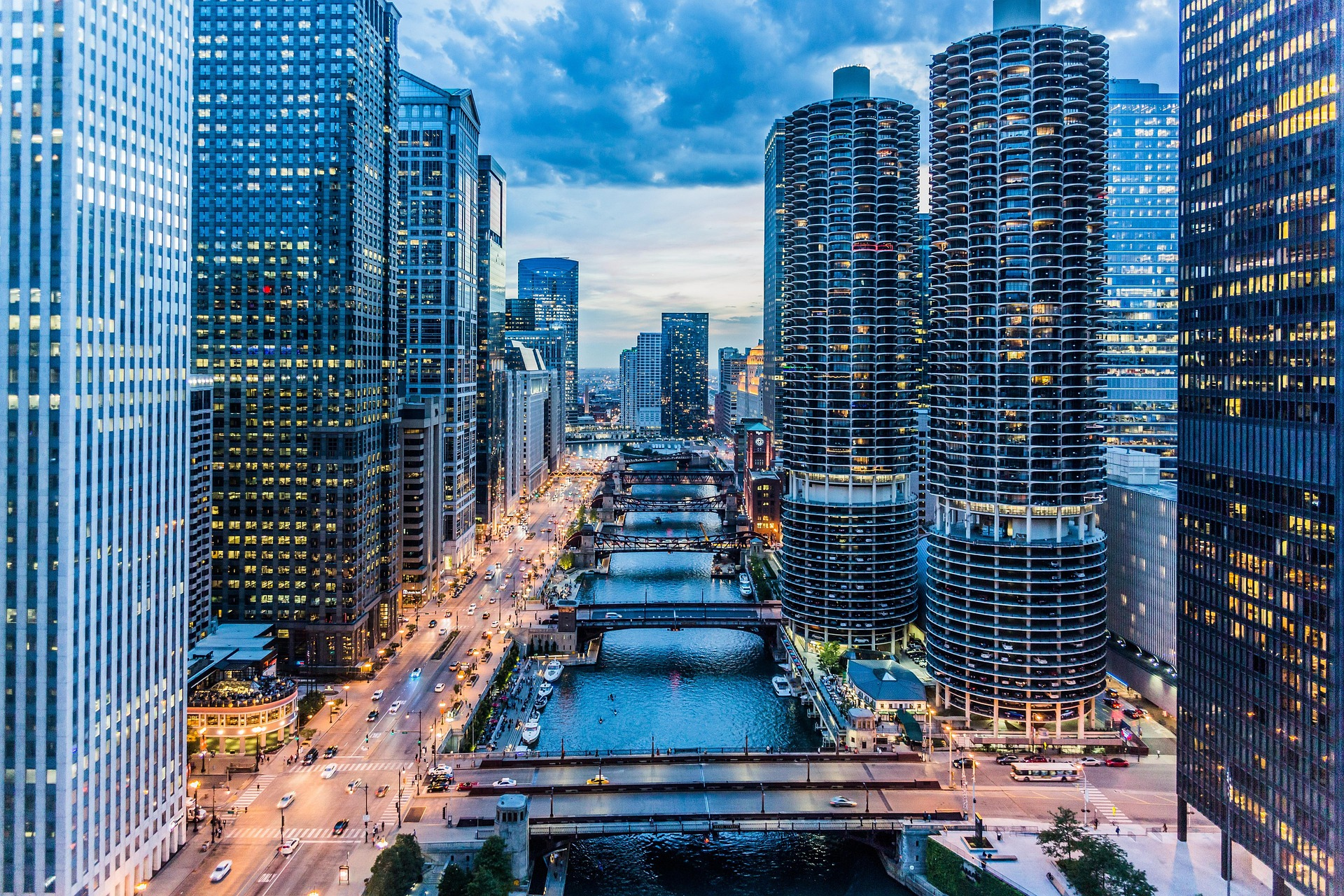Have you ever stepped into a building and instantly felt calm, focused, or uplifted? That’s not just good design—it’s neuroarchitecture at work. Now, imagine combining this brain-friendly design approach with the cutting-edge power of nanotechnology. Together, Nano + Neuroarchitecture could redefine how we create buildings—especially in rapidly growing regions like Kenya, Africa, and across the globe.
This powerful combination promises smarter, healthier, and more inclusive spaces—homes, offices, hospitals, and schools—that not only meet our physical needs but also support mental well-being, productivity, and environmental sustainability.
What is Neuroarchitecture?
Neuroarchitecture blends neuroscience and architecture to create spaces that positively influence how we think, feel, and behave. Some key principles include:
- Natural lighting to improve mood and energy levels
- Soundproofing to reduce stress and noise fatigue
- Biophilic design (nature-inspired elements) to create calm and focus
By using these strategies, buildings become more than just structures—they become environments that promote wellness and human connection.
Where Nanotechnology Fits Into the Picture
Nanotechnology involves working with materials at an extremely small scale to enhance their functionality. When applied to building design, it amplifies the benefits of neuroarchitecture in exciting ways:
- Cleaner air through nano-filters that trap dust, smoke, and pathogens
- Smarter windows that filter harmful UV rays while letting in natural light
- Superior sound insulation using nano-based acoustic materials
- Energy-efficient insulation to reduce heating and cooling costs
- Adaptive environments with nano-sensors that adjust light, airflow, or temperature based on human activity
Together, Nano + Neuroarchitecture can create spaces that are not only sustainable but also responsive to our daily needs.
Why It Matters for Kenya and Africa
As urbanization accelerates across Kenya and the African continent, cities face challenges like air pollution, energy inefficiency, noise pollution, and mental health strain. By adopting Nano + Neuroarchitecture, we can:
- Build affordable, healthy, and energy-efficient homes
- Design schools that help students concentrate and thrive
- Construct hospitals that speed up patient recovery
- Create workplaces that enhance creativity and reduce burnout
This isn’t about luxury—it’s about smart, inclusive development that prioritizes well-being and accessibility for all.
A Global Vision with Local Impact
Across the world, the future of real estate is human-centered, sustainable, and tech-driven. Kenya and other African nations have an opportunity to lead by embracing Nano + Neuroarchitecture now—before the rest of the world catches up.
Imagine cities like Nairobi, Kigali, or Cape Town becoming global leaders in future-ready, health-conscious architecture—setting a new standard for how urban spaces are designed and experienced.
Final Thoughts
Nano + Neuroarchitecture is more than a trend—it’s a transformative approach to building. On their own, nanotechnology and neuroarchitecture are powerful. But together, they can redefine how we build for health, happiness, and sustainability.
This is a call to architects, engineers, urban planners, developers, and policymakers: The future of construction is not just about strength and style—it’s about empathy, science, and innovation.
Let’s build a future that works for every mind, every body, everywhere.
LESAMA LIMITED
📞 +254700215848
info@lesama.co.ke





